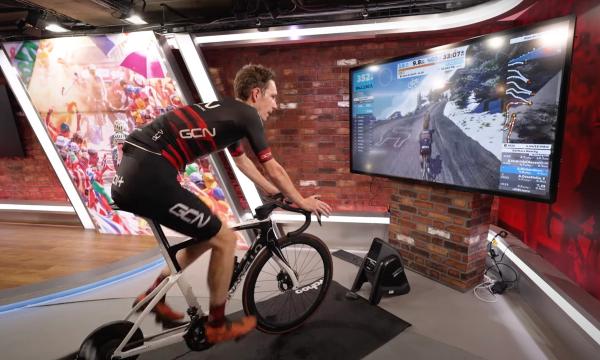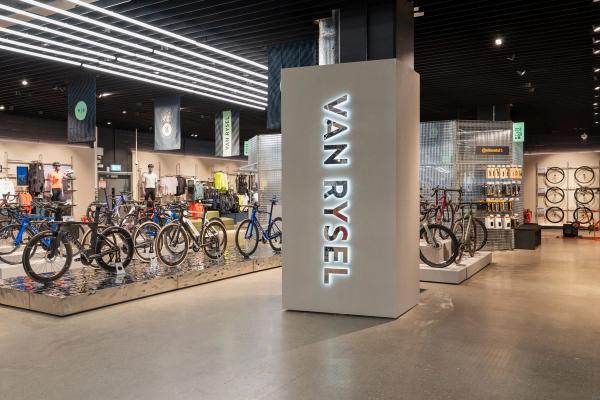Heart rate or power: Which one is the best training metric for you?
If you’re looking to get started with data-based training but are unsure where to start, follow our guide to the two main ways to monitor your progress
Alex Hunt
Junior Tech Writer
In order to step up your training and take things a little more seriously you need some sort of performance data to train with. Beyond RPE (rate of perceived exertion) there are two main metrics that can be used. Heart rate and power, but how do you know which one is best?
Monitoring heart rate is by far the cheaper of the two options, however, this lower cost does come with some drawbacks which we’ll come to shortly. On the other hand, power meters are considered the gold standard training tool with an objective stance on your performance but these come at a far higher cost.
Although both methods of data collection can be used to track your progress, the way they go about it is very different. Here we take a look at how heart rate and power can show different results for the same training stimulus.
Heart rate monitors
There are two main forms of heart rate monitor on the market. The most accurate is the heart rate strap. This is worn in contact with the skin around your chest with the strap detecting the small electrical pulses from your heart. The other is to use a wrist-based monitor which is a common addition to most smart watches. These use an infrared emitter and detector to measure the expansion and contraction of your blood vessels and capillaries.
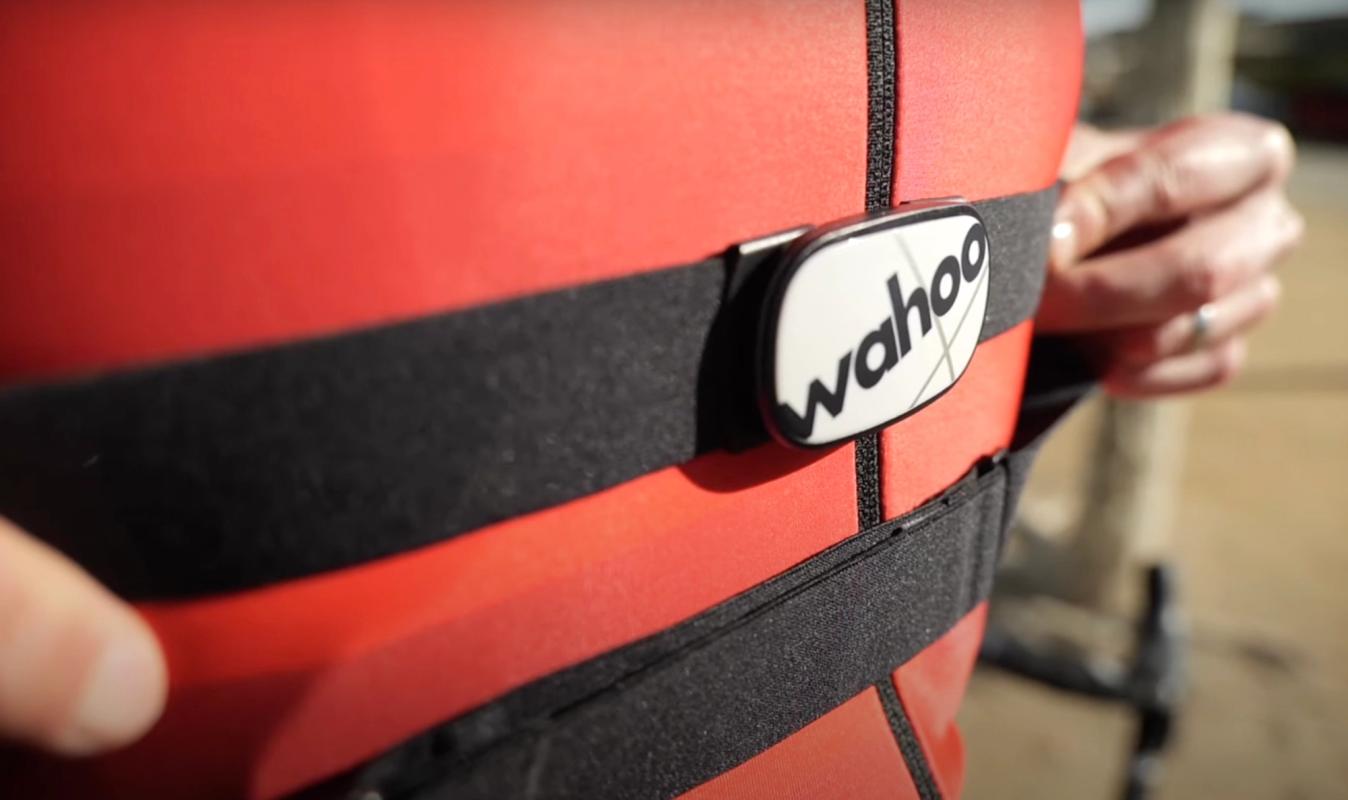
© GCN
Heart rate monitors can either optically or electronically measure your pulse and transmit that data to a head unit
Power meters
Power meters measure the actual force that you are generating with your legs. Using a strain gauge, they can detect the small deflections in the surface of a material as it is put under stress as you pedal. To calculate power the force detected is multiplied by the cadence. This method is susceptible to fluctuations in temperature as the strain gauge uses a calibrated metallic sensor. This is why some power meters have active temperature compensation to continuously account for any changes in temperature.
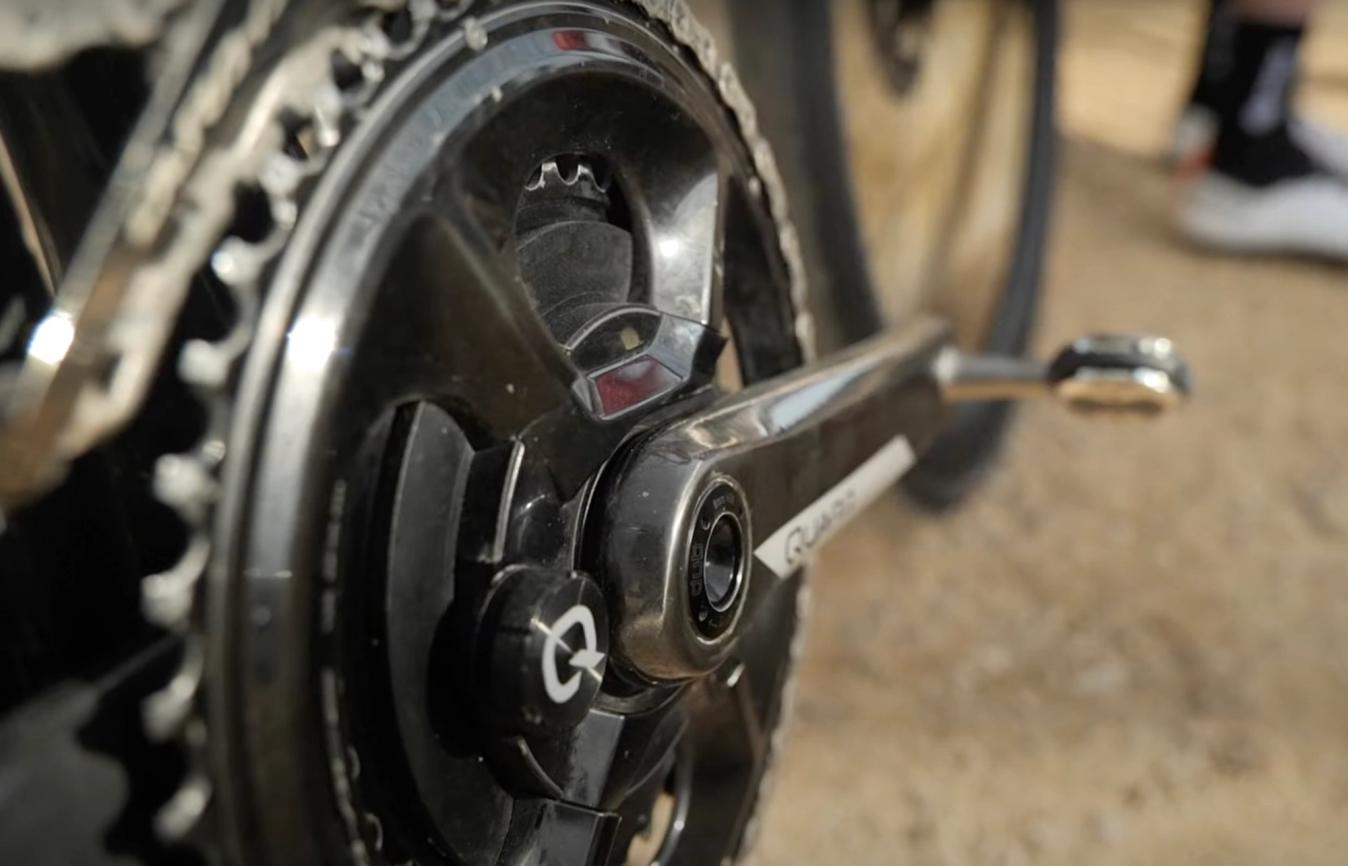
© GCN
Power meters can come in a few different guises but all work in the same way
Power meters can also come in many different packages, from rear hub-based meters, to crank and chainring-based meters as well as pedal-based systems.
Limitations of heart rate monitors
Using heart rate as a training metric is a great way of capturing exactly what stress your body is under to achieve the intensity you are riding at. Things such as stress, caffeine intake and sleep can all have an impact on your heart rate. This means that comparing heart rate data day-to-day can have little benefit. It is possible to complete the same training ride on two adjacent days with the heart rate data looking very different based on external factors.
Limitations of power meters
Power meters are open to discrepancy themselves with even the best meters accurate to a range of +/-1%. This is not the whole picture though as this 1% tolerance is to itself rather than to raw watts. With all power meters calibrated slightly differently, it is possible for two different style meters to be accurate to themselves but provide different raw readings. As discussed above they are also susceptible to variance through temperature with all meters requiring a zero offset calibration before a ride and for meters without active temperature compensation this might need to be done again during the ride if the temperature massively changes.
Price comparison of training monitors
One of the biggest differences between heart rate and power is the cost associated with them. A heart rate strap typically costs around £/€/$50 and needs to be paired with a head unit, which is also the case for power meters. A smartwatch with a wrist-based heart rate monitor can cost as little as £/€/$100 but top-of-the-range models can easily exceed £/€/$500.

© GCN
Power meters are the more costly training tool with a higher price tag for even a basic model
Power meters are unarguably the more expensive training tool. Even though prices have been tumbling in recent years a single-sided crank-based meter will still cost around £/€/$250/300 depending on the model. For dual-sided pedal or crank-based meters, the price can typically exceed £/€/$1000
What is the difference between zero offsetting and calibrating a power meter?
When you wake your power meter up before a ride, you will be prompted by your head unit to perform a zero offset. This is not the same as calibrating your meter. Instead performing a zero offset can be seen in the same way as pressing tare on a set of kitchen scales. It sets the strain gauge’s zero value for the day based on the ambient air temperature. For this reason, it is always advised to get your bike outside and let it adjust to the outside temperature before zero offsetting it.
A power meter calibration is something done in the factory where it is made or at a calibration laboratory. This involves hanging an accurately known weight from a fixed point on the crank arm. This will then cause a known deflection and reading on the strain gauge that can be used to calibrate the meter.
The test
To find out just how much heart rate and power can differ out in the real world we sent Alex Paton to the legendary Rocacorba climb just outside Girona, Spain. At 10km the climb will give a great snapshot into the benefits and drawbacks of each system. To collect as much data as possible Alex will be recording his ride using a heart rate chest strap and a crank-based power meter connected to his head unit. On top of this, he will be recording his heart rate using a smartwatch and his power from a set of power meter pedals on a second head unit.
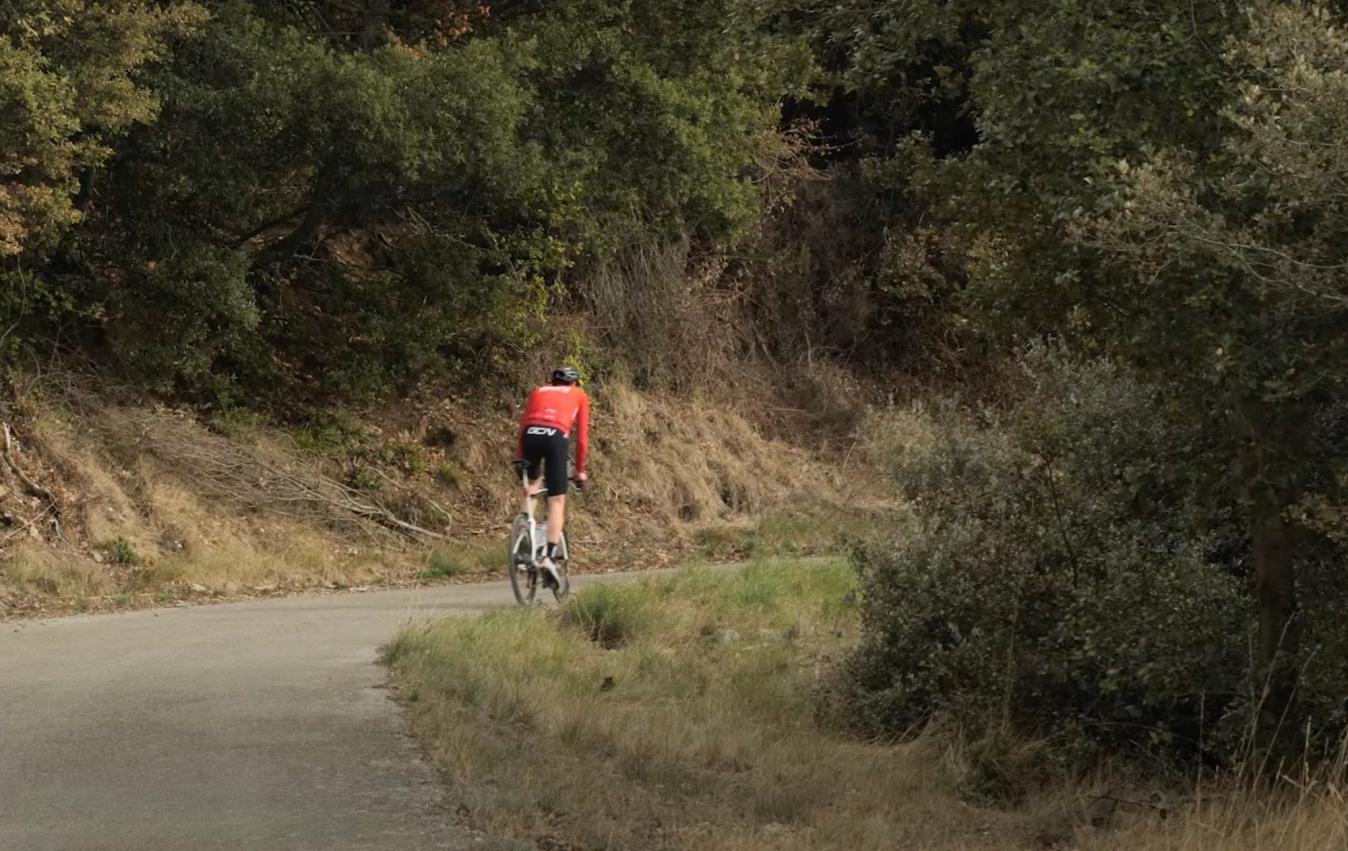
© GCN
Alex put two heart rate monitors and two power meters to the test head to head
To see the results of this one check out the video at the top of the page.
Which is better if I want to train like a pro?
The simple answer to this is to use both. When you use heart rate and power data together you get a fuller picture of what the training is doing to your body. The power meter provides objective data on the effort your body is producing whilst the heart rate shows the demand that is put on your body.
If you ride at the same power intensity on two separate days but your heart rate is different it shows that the strain on your body to achieve the same intensity is different. Using both metrics together can help better balance training and fatigue ideal for getting the most out of your session.
Which is better for me?
This is something that only you can answer, however, jumping straight to a power meter is a costly introduction to training with data. Although in an ideal world having access to both heart rate and power would give the clearest insight into training having any sort of data and training metrics to base your workouts on will increase the quality and repeatability of the sessions. Plenty of riders have achieved great things using heart rate alone and with this representing the cheapest route into data-driven training it should not be overlooked.
Which do you prefer to use, heart rate, power or both? Let us know in the comments below. For even more training content make sure to check out the dedicated training section of the website.









.jpg?w=600&auto=format)
